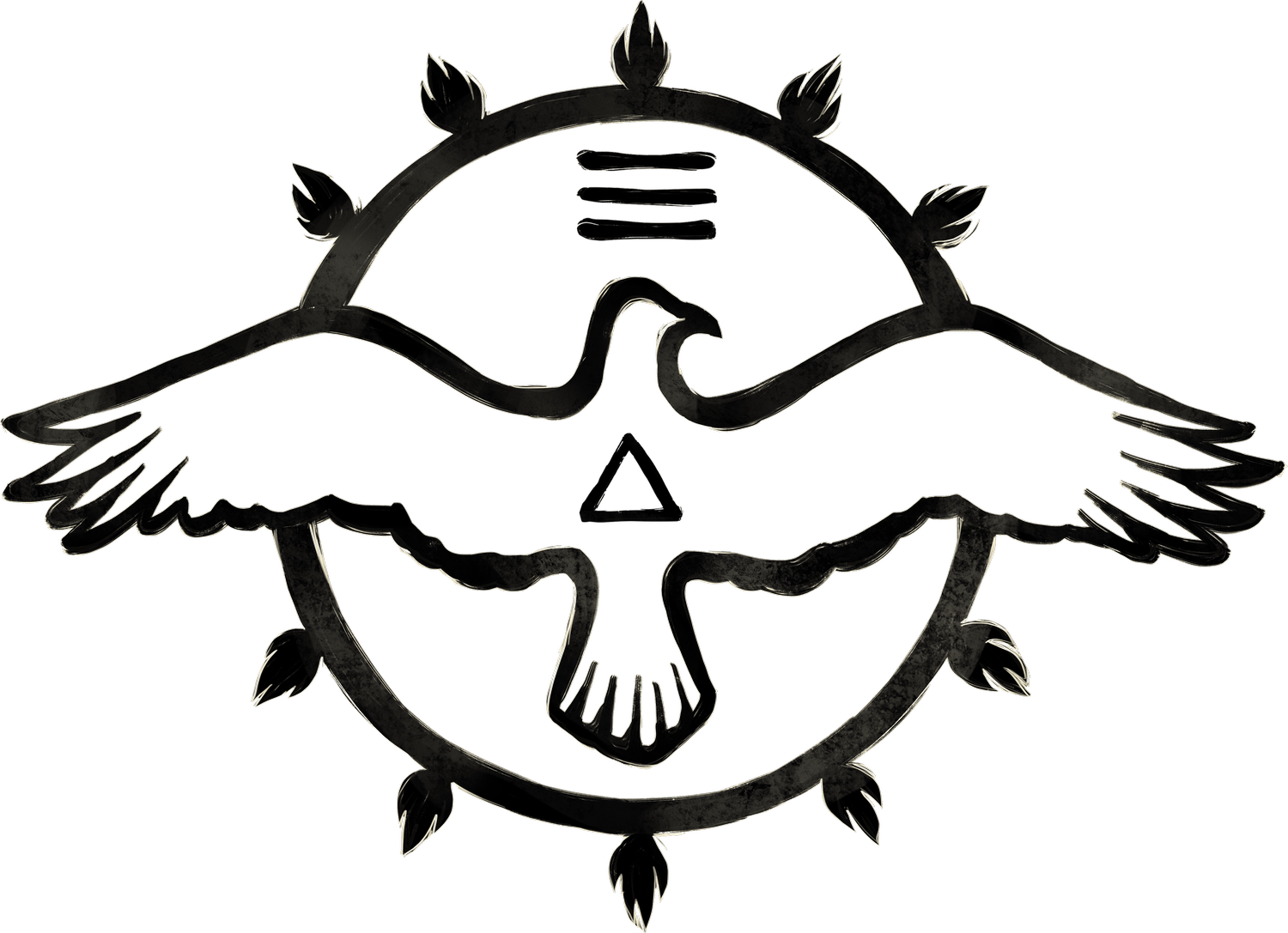
Module 1
Foundations of Practice & Theory
Key Focus
Archaeological History of Yoga
1st and 2nd Limbs of Yoga
Ancient Yoga Philosophy
Introduction to Mantra
Sections
1.1 | Dravidian Peoples
1.2 | The Samkhya Philosophy
1.3 | Myths and Gods of India
1.4 | Veda and Vedanta
1.5 | Intro to Mantra
1.6 | The Yoga Sutras of Patanjali
1.7 | Exam
Module 1 Overview
Required Materials
Yoga; The Certainty of Freedom (Yoga Sutra Workbook) - Vyaas Houston (click here)
Samkhya Karika - Isvara Krsna (click here)
Opening and Closing Mantras (click here)
Suggested Materials
The Myths and Gods of India by Alain Danielou (click here)
The Upanishads - (any translation)
The Bhagavad Gita - (any translation)
The Science of Yoga by I.K Taimni (click here)
The Yoga Sutras of Patanjali by Sri Swami Satchidananda (click here)
Audio discourse: Purpose of the 8 Limbs by David Garrigues (click here)
Shantih Mantras by Manju Jois (audio album)
Independent Study Opportunities (w/ instructor permission)
Module 1 | Lesson Plan
1.1 | Dravidian Peoples
1.2 | The Samkhya Philosophy
1.3 | Myths and Gods of India
1.4 | Veda and Vedanta
1.5 | Intro to Mantra
1.6 | The Yoga Sutras of Patanjali
1.7 | Exam
Module 1.1 | Dravidian Peoples
Points of Focus
What is the historical significance of the Dravidian peoples as it relates to yoga?
Where are the Dravidian people now?
The “Aryan Invasion” of India and its historical significance
Saivism and Jainism; ancient religions of India
A culture of receptivity vs. a culture of domination
Module 1.2 | The Samkhya
Points of Focus
What makes yoga philosophy distinct from religious monism?
Why is Samkhya considered “non-theistic”?
Duality vs. Non-Duality
Explaining the three gunas and their role in yoga practice
Why did Samkhya decrease in popularity over time?
Module 1.3 | The Myths and Gods of India
Points of Focus
What is the relationship between Samkhya and Hinduism?
What were some religions of ancient India?
Was yoga once a part of Hinduism?
What is the Hindu Triad?
Module 1.4 | Veda and Vedanta
Points of Focus
Monism vs. Dualism
What is the difference between Veda and Vedanta?
Are the Vedas a part of yoga philosophy?
What is the Vedanta viewpoint regarding Samkhya?
Module 1.5 | Yoga Sutras
Points of Focus
What are the key points of Book 1 and Book 2 respectively?
According to Patanjali what is the cause of ignorance?
According to Patanjali what is the cause of suffering?
According to Patanjali, how do we overcoming suffering?
What are the 8 limbs of yoga?
Module 1.6 | Intro to Mantra
Points of Focus
Introduction to Sanskrit
Rhythm and tempo during mantras
5 basic mantras
Chanting in a group setting
Must a yoga class contain Mantra?
Mantras are a key component to bhakti yoga practice and facilitate breathing and meditation practices. In the teacher training we focus on 5 core mantras that are taught at Ashtanga Yoga School by David Garrigues. Our training also includes sanskrit chanting of the Yoga Sutras, and other Vedic Mantras. You must practice these matras alone or in a group setting to gain proficiency in pronunciation. It is recommended that you recite mantras with the added benefit of a tambura sound playing.
Module 1.7 | Exam #1
Exam Topics
Dravidian People
Samkhya Philosophy
Yoga Sutras of Patanjali
Supplemental Content
Purusha and Prakriti
Purusha (self) and Prakriti (non-self) are key points of focus in yoga philosophy. They are the duality showcased in the Samkhya philosophy. In the yoga sutras of patanjali it is stated that all ignorance comes from a misidentification of these two things.
Ahimsa
Ahimsa (non-violence) is the first aspect of the first out of eight limbs of yoga. It is of special importance to living a yogic lifestyle.




